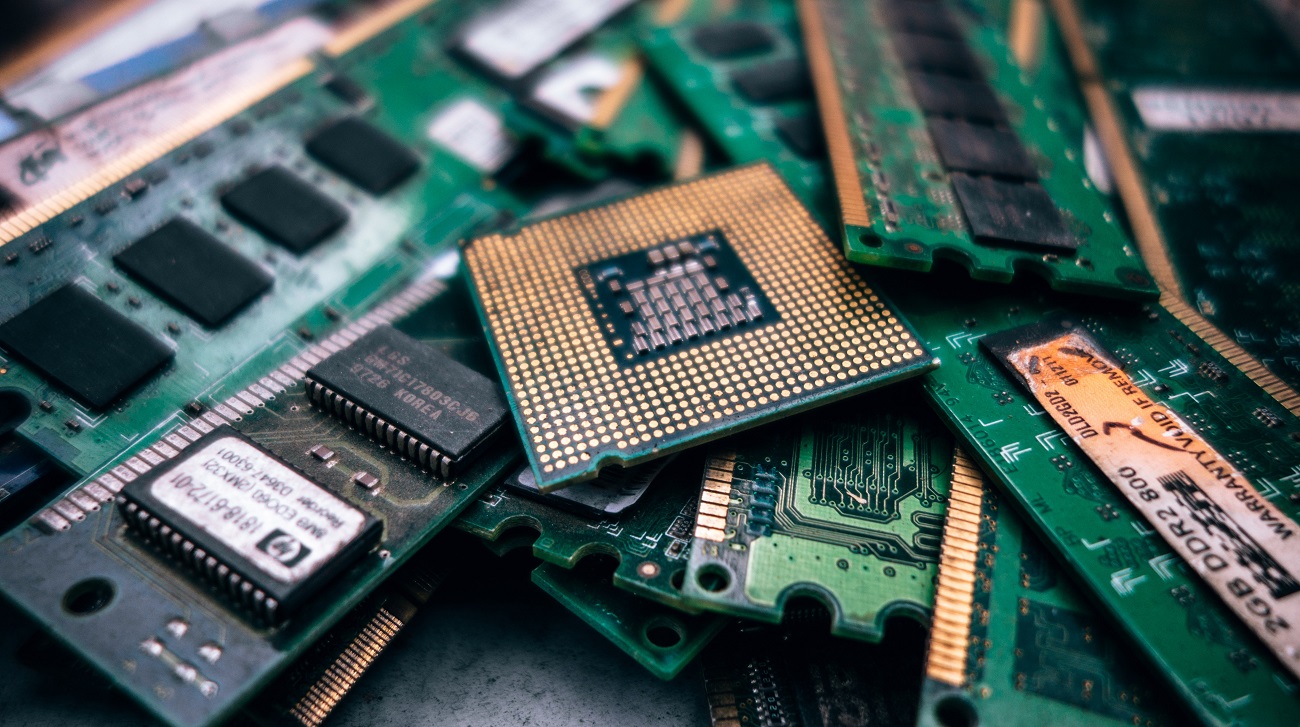Discussion: the OpenROAD project intends to solve the problem of automation of processor design

Photo - Pexels - CC BY
According to the PWC, the semiconductor technology market is growing - last year it reached $ 481 billion. But the pace of its growth has recently declined . Among the reasons for the recession are the intricacies of device design processes and the lack of automation.
A few years ago, engineers from Intel wrote that when creating a high-performance microprocessor, 100-150 separate software tools ( EDA ) had to be used. The situation may be aggravated in the case of heterogeneous devices, the architecture of which includes several different types of chips - ASIC, FPGA, CPU or GPU. As a result, design errors occur that delay the release of products.
Despite the large number of auxiliary tools, engineers still have to do some of the work manually. The authors of the book Advanced Logic Synthesis say that sometimes designers have to write scripts on Skill or Python from two million lines to form libraries with cells .
')
Scripts for parsing reports generated by EDA systems are also written. When developing a chip on the 22-nm process technology, these reports can take up to 30 terabytes.
Correct the situation and try to standardize the design processes decided in DARPA. The agency also believes that the existing methods for creating chips are outdated. The organization has launched a five-year program OpenROAD , the purpose of which is to develop new tools for automating the design of microchips.
What kind of program
The program involves several projects that use machine learning and cloud technologies to automate certain stages of chip creation. Within the framework of the initiative , more than ten tools are developed (Scheme 1). Further we will tell about some of them in more detail: Flow Runner, RePlAce, TritonCTS, OpenSTA.
Flow Runner is a tool for managing RTL and GDSII libraries. The latter are database files that are an industry standard for exchanging information about integrated circuits and their topologies. The solution is based on Docker container technology. You can run Flow Runner both in the cloud and locally. The installation guide is in the official GitHub repository .
RePlAce is a cloud learning solution based on machine learning, which is responsible for placing components on the chip and automating tracing. According to some reports , intelligent algorithms increase the efficiency of the tool by 2-10% compared with classical systems. In addition, implementation in the cloud simplifies scaling. Guide on installation and configuration also lies in the repository .
TritonCTS is a utility for optimizing the clock pulses delivered to the chip. Helps to route the sync signals to all parts of the device with the same delay. The principle of operation is based on the H-trees . This approach increases the efficiency of signal distribution by 30%, compared with traditional methods. The developers say that in the future this indicator can be increased to 56%. The source code and scripts for TritonCTS are on GitHub .
OpenSTA is an engine for static time analysis. It gives the developer the opportunity to test the performance of the chip even before its actual assembly. Sample code in OpenSTA looks like this.
@@ -6,7 +6,7 @@ read_liberty -corner ff example1_fast.lib read_verilog example1.v link_design top set_timing_derate -early 0.9 set_timing_derate -early 1.1 set_timing_derate -late 1.1 create_clock -name clk -period 10 {clk1 clk2 clk3} set_input_delay -clock clk 0 {in1 in2} # report all corners The utility supports netlist-descriptions of code on Verilog, libraries in Liberty format, SDC files, etc.
Advantages and disadvantages
Experts from IBM and IEEE point out that cloud technologies and machine learning have long overdue use in the production of microchips. In their opinion, the DARPA project can be a good example of the implementation of this idea and will initiate changes in the industry.
It is also expected that the open nature of OpenROAD will create a powerful community around tools and attract new startups.

Photo - Pexels - CC BY
Already there are participants - a laboratory engaged in the development of chips based on the University of Michigan, will be the first to test open tools OpenROAD. But it is not yet known whether the new solutions will be able to have a noticeable effect on the cost of the final products.
In general, it is expected that the tools developed under the leadership of DARPA will have a positive impact on the processor industry, and more and more new projects will begin to appear in this area. An example would be the gEDA tool — it allows you to design chips with an unlimited number of components. gEDA includes tools for editing and simulating microchips and tracing boards. The solution was developed for UNIX platforms, but a number of its components also work under Windows. A guide to working with them can be found in the documentation on the project website .
Free tools provide independent organizations and start-ups with more opportunities. It is likely that over time, new approaches to the development of OpenROAD EDA-tools and the creation of chips can become the industry standard.
What we write about in our corporate blog:
Source: https://habr.com/ru/post/453200/
All Articles